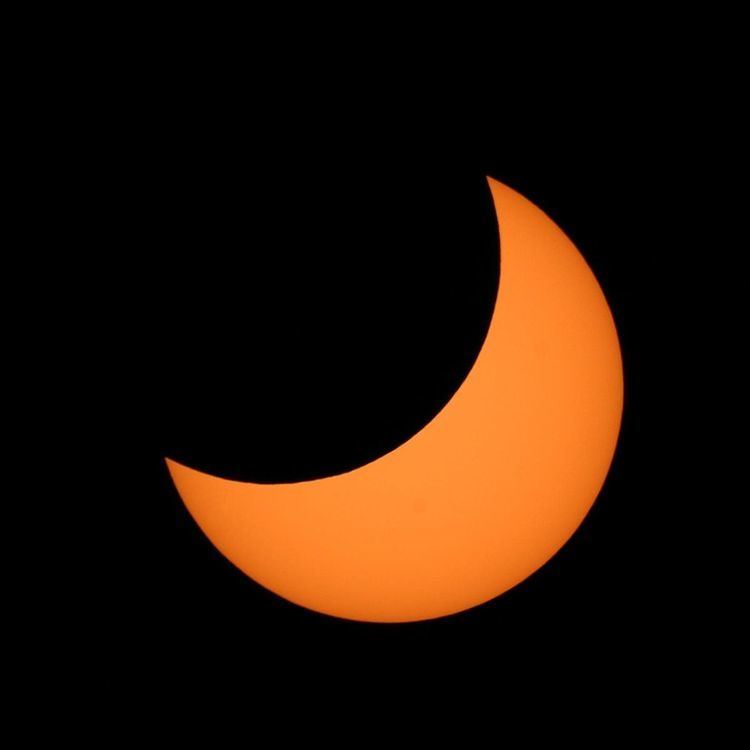Nature Annular Magnitude 0.965 Max. width of band 444 km (276 mi) Start date February 7, 2008 | Gamma -0.957 Duration 132 sec (2 m 12 s) Greatest eclipse 3:56:10 | |
 | ||
An annular solar eclipse occurred on February 7, 2008. A solar eclipse occurs when the Moon passes between Earth and the Sun, thereby totally or partly obscuring the image of the Sun for a viewer on Earth. An annular solar eclipse occurs when the Moon's apparent diameter is smaller than the Sun's, blocking most of the Sun's light and causing the Sun to look like an annulus (ring). An annular eclipse appears as a partial eclipse over a region of the Earth thousands of kilometres wide.
Contents
Visibility
Centrality was visible from parts of Antarctica. A significant partial eclipse was visible over New Zealand and a minor partial eclipse was seen from southeastern Australia.
For most solar eclipses the path of centrality moves eastwards. In this case the path moved west round Antarctica and then north.
Observations
The best land-based visibility outside of Antarctica was from New Zealand. Professional astronomer and eclipse-chaser Jay Pasachoff observed it from Nelson, New Zealand, 60% coverage, under perfect weather.
Solar eclipses 2008–2011
Each member in a semester series of solar eclipses repeats approximately every 177 days and 4 hours (a semester) at alternating nodes of the Moon's orbit.
Metonic series
The metonic series repeats eclipses every 19 years (6939.69 days), lasting about 5 cycles. Eclipses occur in nearly the same calendar date. In addition the octon subseries repeats 1/5 of that or every 3.8 years (1387.94 days).
